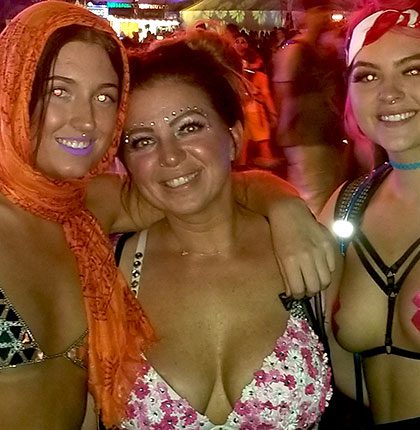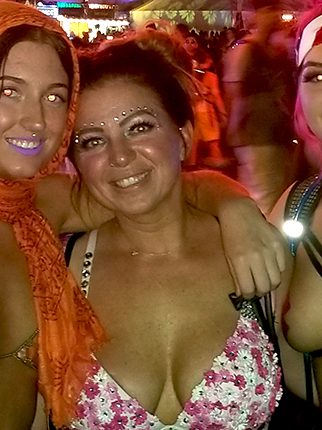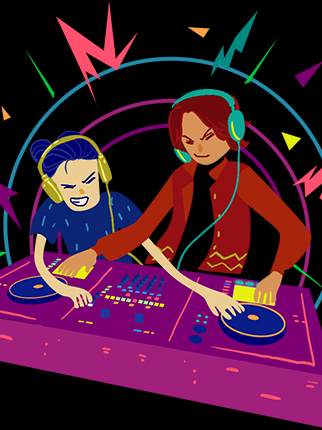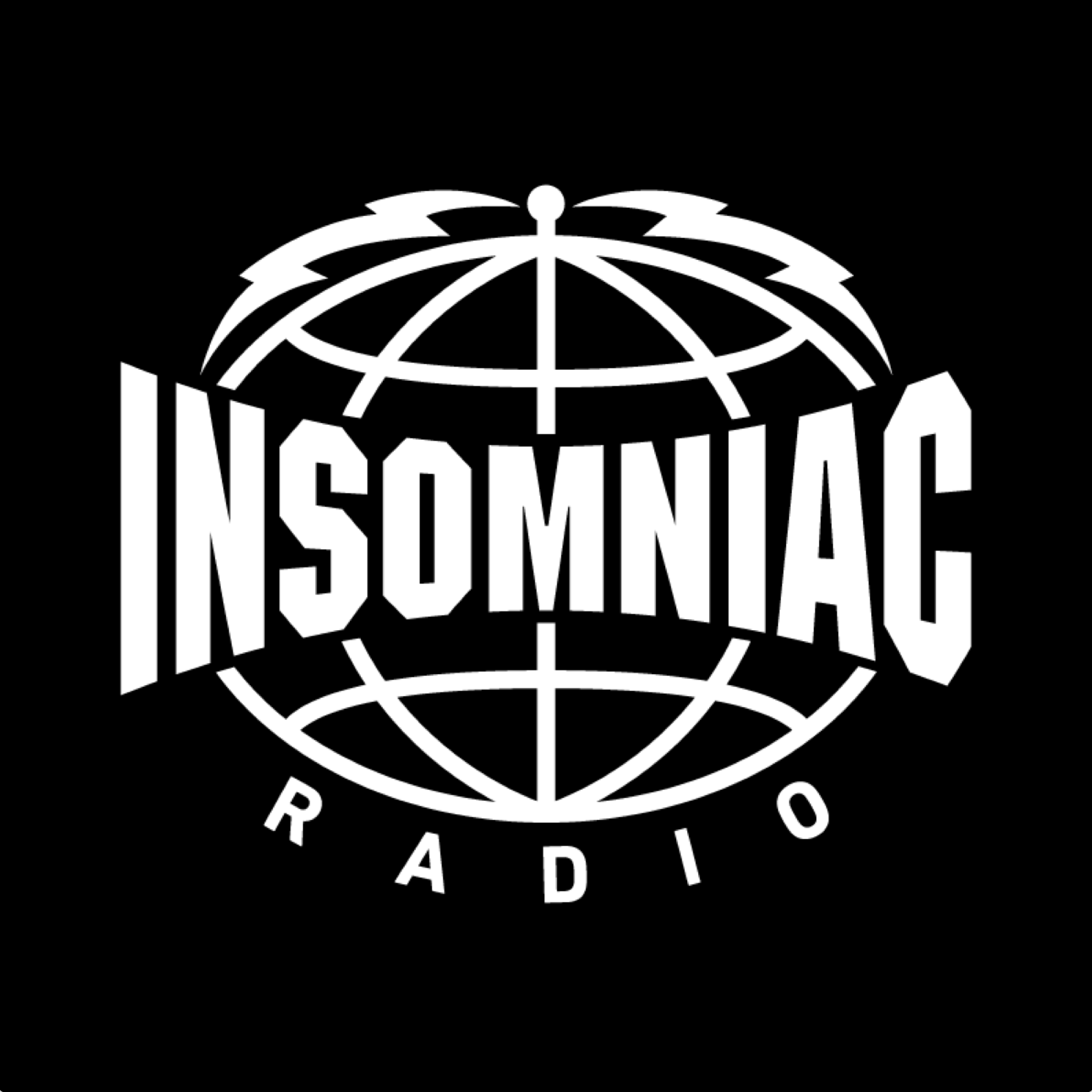The Rave Preservation Project Has Collected Over 50,000 Old Rave Flyers
It began as a way for Matthew Johnson to share his personal rave flyer collection with his friends. Then, it quickly expanded. The more people found out about his Rave Preservation Project website, the more flyers he received. He’s now catalogued 50,000 unique pieces dating back to the 1980s from places as far as Japan, Israel and South Africa.
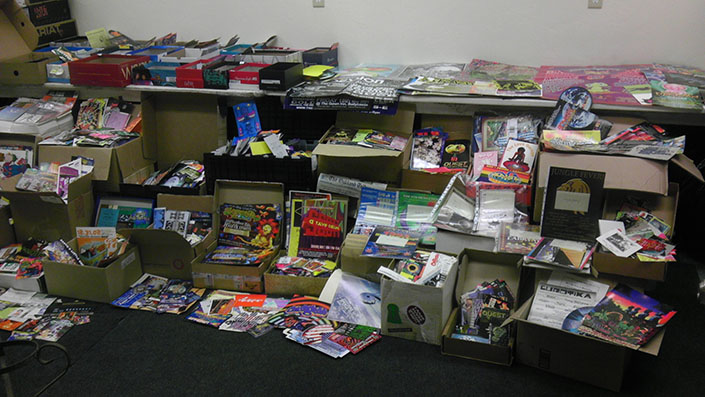
“One person could give me a really big box that’ll have thousands of pieces in it,” says Matthew, “and other times I’ll get five or six people sending me small envelopes. Even if someone sends one flyer, it still goes into the archive and gets protected.” He funds the entire project himself and won’t buy or sell any flyers, because he doesn’t want money getting involved.
When he’s not archiving, Matthew is busy launching Odibly, a photo-based social network that incorporates audio (you can get the beta version for Android now).
How did you get involved in the rave scene?
My friends at UC Davis took me to my first party in Sacramento in the late ‘80s. I was in high school, and this was when it was really underground (they didn’t even call it “raves” back then). I wasn’t into drinking, and I didn’t really like bars and the pickup scene. Raving was low-key, and everyone was super friendly; it was more like the environment I grew up in (my parents were sort of hippies). I just fell in love with it immediately.
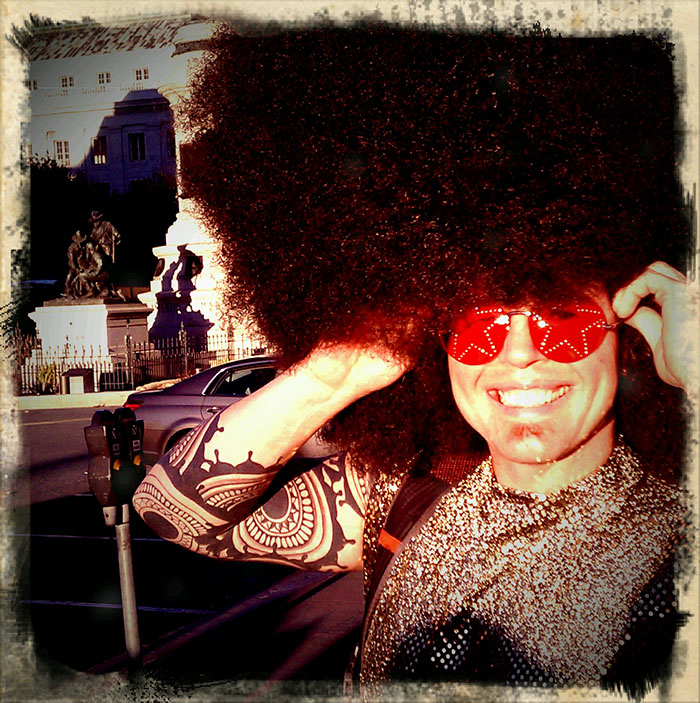
How did your project get started?
It was an accident. I first made a website so my friends and I could look at my old flyers and talk about the parties. Then, they gave me their old memorabilia (which ended up being thousands of flyers), so I upgraded the website to make a place to show our stuff publicly. After that, more people started sending me their stuff, and it eventually turned into what it is now. The amount of people donating their memorabilia hasn’t slowed down at all. In fact, it’s only increased as more people find out about the site.
How many flyers and posters do you currently have?
Counting duplicates, I’ve got around 150,000 flyers and posters. Counting unique flyers, over 50,000.
That’s quite a lot to go through.
Curating everything takes up most of the time. When somebody gives me a box, the first thing I do is separate the flyers it into geographical areas. A lot of times, there’s only a street name and no area code, so I have to investigate. I could spend 10 hours trying to figure out where one flyer is from. If there are any folds, bends or creases in the pieces, I’ll fix those. Then I’ll scan them, organize everything, do post-production, put it up on the website, and add it to the database.
Where do you store everything?
My girlfriend and I have a house in Southern Oregon that has a cement room where I store everything. It’s climate-controlled and stays 65 degrees at all times.
“I could spend 10 hours trying to figure out where one flyer is from.”
Do you fund everything yourself?
Yes. Some people have tried to sell me memorabilia, but I don’t buy it, because I don’t want money getting involved. People can donate via PayPal or Bitcoin to cover the cost of servers and archival material, like pH-neutral boxes and envelopes. Other than that, I have put my own time and money into it.
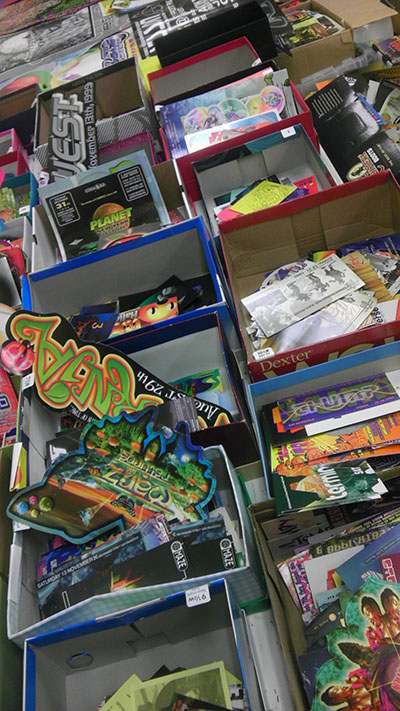
Have you noticed any changes in flyer artwork over time?
Before you had graphic software like Photoshop, people would paint the flyer design. Then, they would take pictures of their paintings and use a simple program to lay over some text and information about the show. That would be sent to the print shop and become the flyer. So, a lot of the old flyers were paintings.
With the scene becoming mainstream, the flyers became a lot busier. They became an advertising mechanism instead of a source of information. The flyers went from really elegant, nicely designed artwork, to look like somebody threw up, you know? The design suffered because of that.
You’ve been involved with the scene since the late ‘80s. What would you say about the way it’s evolved?
When something becomes mainstream, you know the scene is dead. There’s no scene anymore. Now it’s more money-driven, and it’s more style-driven. Back then, people were what they were, and they just happened to go to these things because they were amazing. I have some friends who promoted parties back in the late ‘80s and early ‘90s who promote even to this day. Their motivation is the same as it was back then. They love the music, they love the energy, they love seeing all these happy people having a good time; that’s what the core of this is.
Why do you continue with the project?
I’m really doing this to give back to a community that gave me so much; that’s really my only motivation. I met the love of my life and most of my friends through raving. I’ve also had so many life-altering experiences due to the scene—more than I can count, really. This project is my way of protecting something that meant so much to me for so long.
If you have flyers you’d like to donate, mail them to Matthew Johnson, 110 Altena St. Unit B, San Rafael, CA 94901 or email matthew@ravepreservationproject.com.
Follow The Rave Preservation Project on Twitter



